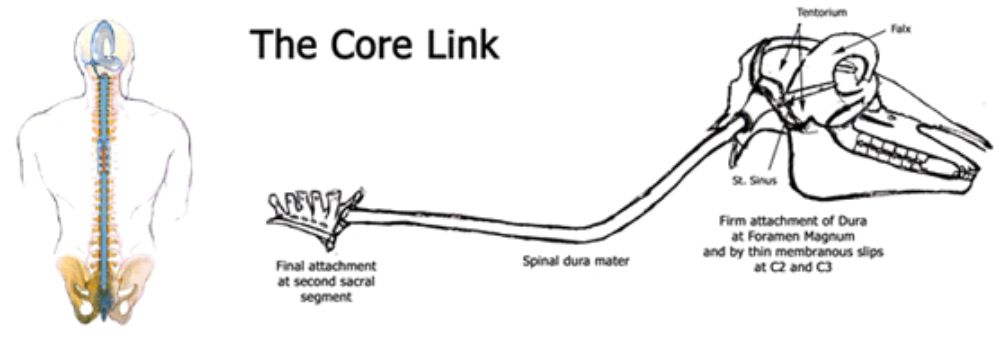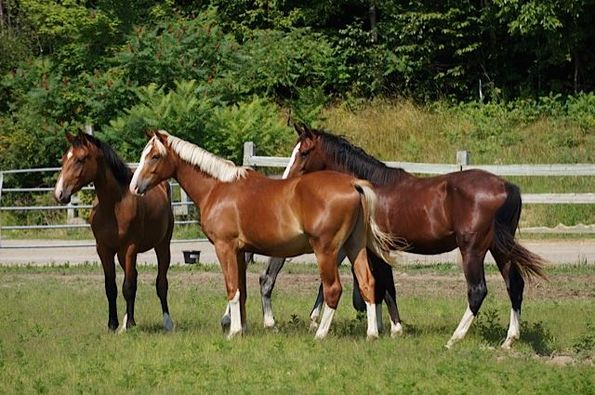What I do
Myofascial Unwinding & Craniosacral practitioner for Equines and Humans. Holy Fire® III Reiki Master Practitioner.
I am a Myofascial Unwinding and Craniosacral practitioner for Equines and Humans.
I have recently added Reiki to my skillset, and am a Holy Fire® Piece Reiki Master teacher together with Holyfire Karuna Reiki and Holy Fire Animal Reiki.
Typically, my work consists of a number of sessions:
Session 1
Musculoskeletal unwinding – concentrates on proper form and function of the body.
Session 2
Cranio decompression – decompressing the cranium bones that at some point in your horse’s life will have been compressed due to a pull back on the halter whilst tied up.
Follow-up sessions 3
Myofascial Unwinding – focuses on deep fascia release of the soft tissues, restoring balance to your horse’s body. This takes place as and when required.
What does Myofascial unwinding mean: It is the restoration of proper form and function to the body. To gain a deeper understanding we need to discuss what fascia is and how it affects the body.
Fascia is a three-layered film that encases every muscle and organ in the body. It, like your skin, is continuous and made up of collegen and goes on to form your ligaments. If you were to pull one strand of it in your hand you could unravel all of it like a knitted jersey. Fascia enables and controls the body’s ability to move and function.
When an injury occurs, traces of that injury remains trapped in the fascia and can be held there for years after the event. The tension in a particular area would affect the body’s form and function resulting in compensatory actions that later affect other parts of the body. The tension causes tight muscles and pulls the skeletal system out of alignment.
In the very first session with a horse I do Musculoskeletal unwinding which restores proper form and function to the skeletal system.
All the work I do is non-invasive and gentle. No harm can come to either the rider or the horse.
Why is proper form and function important?
As already stated, fascia causes restrictions in movement. No deeper fascial unwinding of the body can be achieved if there are any restrictions along the craniosacral path.
What is Craniosacral path?
It is the path from your head to your sacrum also known as the craniosacral bridge or the core link.

Session 1 addresses any restrictions along this path in the skeletal system. Once this has been addressed the horse is prepared for session 2: Cranio decompression.
Why would your horse need Cranio decompression? At some point your horse will experience a head injury in one form or another. However, the most common cause of the cranium bones being compressed is from a pullback incident.
Pull back is when you have your horse tied up and he gets a fright. At that point he pulls back on the halter and rope. If this does not give, the halter catches on to the occipital bones. As the horse struggles and sits back against the restraint, the occipital bones get jammed down. One will get pushed further forwards and down, causing that side of the horse’s head to be more compressed downwards than the other side.
How do you know if this has happened to your horse?
When your horse’s head is down while he is eating from a bucket, move the forelock out of the way and have a look straight down his head from his ears to his nose. You will notice the ears are not straight and in line. Traveling down, the eyes will be out of alignment with the one at a slightly different angle and lower than the other. You may see an ever so slight twist in the horse’s nose as you go down to the nostrils and the one nostril will be higher than the other.
You can do the same exercise from the bottom up. Blow in your horses nostrils then look straight up the nose to the eyes and ears. You will observe the same misalignments.
A compressed cranium results in a compressed hypothalamus and pituitary gland, leading to chemical imbalances in your horse and therefore diseases such as Cushing’s and Insulin Resistance.
Decompressing the cranium can assist in treating the horse and improving quality of life. It does not replace your veterinary care and procedures.
Follow-up sessions
Booked as and when required, and will focus on further soft tissue fascia releases to bring the horse to full balanced function.
Owners are left with homework to progress healing in between sessions.
Owners witness changes in their horse’s posture immediately after the two sessions.

